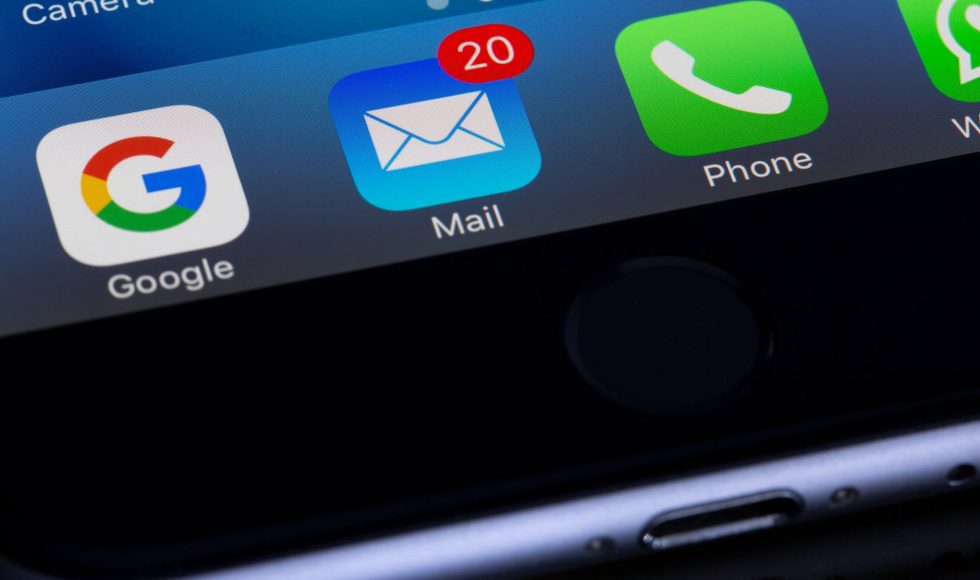Since I am taking a Quality Matters Peer Reviewer Course, I thought it was appropriate to start watching QM YouTube videos. Tonight, I watched the recording with Dr. Jason Neiffer, Executive Director at Montana Digital Academy entitled “Email (No, seriously, email).” Neiffer began with a Jamboard activity asking participants to share responses to the prompt “what do you like about email?” There were several great points! The second Jamboard prompt was “what do you hate about email?” The responses again varied and included lack of tone, lack of responses, and email signature’s taking up too much space… Neiffer shared shared articles that email “is dead” from years ago and blaming email for “killing our productivity.” Neiffer emphasized: “the notion of balance” and how email can be a powerful tool for teaching. They mentioned the National Standards for Quality (NSQ) and how they refer to email use. For example, standard C refers to community building and standard D to learner engagement. Digital citizenship is central to standard E1: “The online teacher facilitates learning experiences that model and promote digital citizenship.” Neiffer presented seven points why email is critical:
- Email is universal.
- Email is compliant.
- Email is simple.
- Email can be archived
- Email is versatile and can include links.
- Email is compatible with many devices.
- Email is asynchronous.
Neiffer also shared some “excuses” why email is not good: one “myth” is that students/youth don’t use email. Spam and cybersecurity were also mentioned as issues. Neiffer shared tips:
- Be proactive and thoughtful about email use.
- Model excellent email strategy for your colleagues and students.
- Be the change you want to get in your inbox.
Neiffer suggested scheduling time for email. They also recommended turning off notifications for email. Neiffer uses and recommends tools to simplify tasks. One example was the use of TextExpander. Neiffer explained the power of Inbox Zero to process all your emails regularly. Then, Niffer asked: is email the correct tool? I love a quote/title they shared: “Formality feels silly, but brings a lot to the party.” Their “three reply rule” is used to keep emails easy to follow and manageable. Neiffer suggests checking the tone… and maybe, bringing in a colleague. Finally, Neiffer stressed the “Wait until…” rule or writing a reply and not sending until later. One last suggestion shared was thinking about the structure and formatting of emails to draw attention to critical sentences. They ended by explaining that if we all share good email practices with colleagues and students, the email situation will get better. I enjoyed how Neiffer made the session fun and connected it to email practices for educators and learners.



